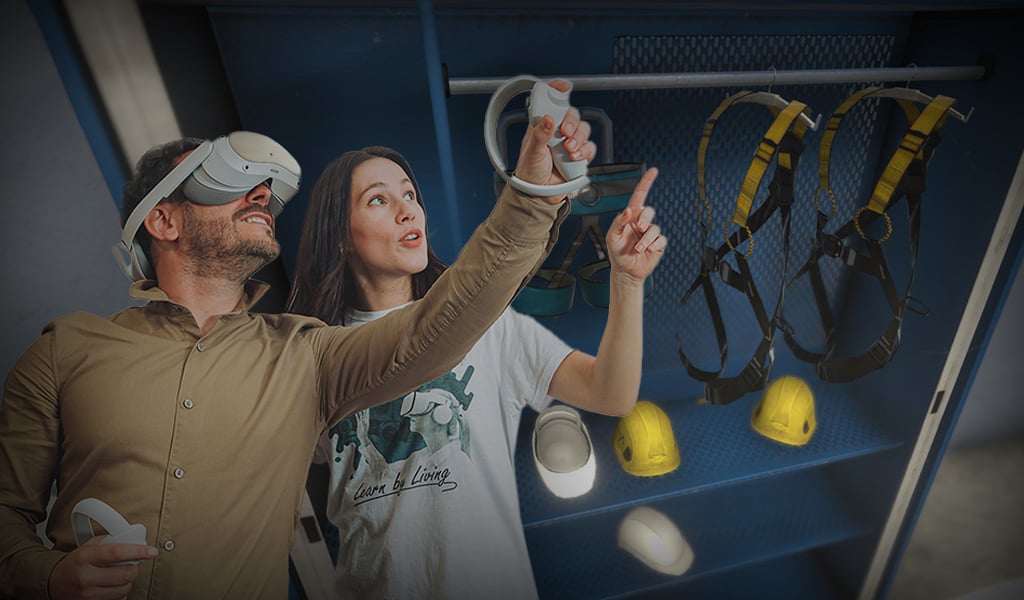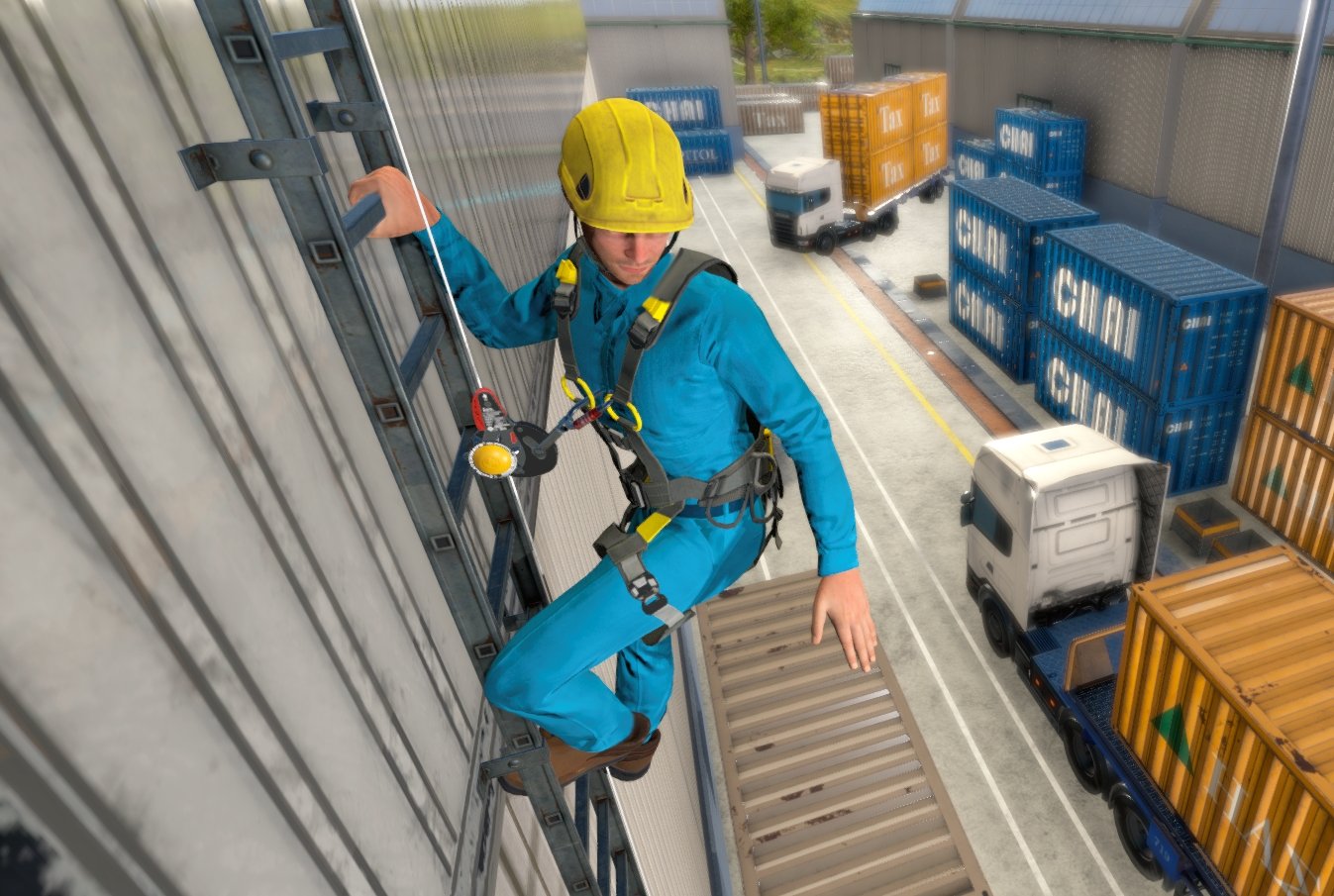Virtual Reality (VR) technology offers different modalities for imparting knowledge on occupational health and safety (HSE). A Deloitte article argues that VR training has a greater impact on employees by recreating real situations or critical moments of procedures.
More and more companies are using these immersive simulations to support and complement the work of trainers.
But, how are HSE trainings given with Ludus?
How are HSE trainings given with Ludus?
Ludus simulations offer three paths for HSE trainers to impart their knowledge:
Guided training
With guided training, the HSE specialist trains workers in person. In this case, the trainings can be individual or group-based. In group trainings, while one of the employees tests the simulation, the trainer shares the image and sound on a screen, involving the whole group.
These guided trainings offer many possibilities to trainers, such as introducing scenarios or 'traps' for workers to make mistakes. The possibility of making mistakes and experiencing virtual accidents allows employees to experience sensations while learning, which in Ludus we call 'Learn by living'.
To carry out these guided trainings, it is necessary to have a space to prepare the simulation. The trainer, after having received training from the Ludus Training team, will be able to virtualize the chosen area to run the simulation. In the case of group trainings, it is necessary to have a screen to project what the person wearing the glasses sees.
Remote training
The trainer can train workers remotely, without having to move to other locations. These remote trainings have a webinar format: the trainer does the simulation with the glasses and the operators follow their steps on a screen.
By seeing and hearing on the screen the same as the person wearing the VR glasses, workers can interact and be part of the experience. The HSE trainer, in turn, can explain procedures or ask questions, allowing employees to direct them from a distance and make mistakes. This option is very beneficial when the trainer cannot travel to certain locations to train employees and must do it remotely.
In the case of these remote trainings, it is easier to choose the physical space in which the simulation will take place. The trainer wears the glasses and handles the simulation in a virtualized space, sharing image and sound of what they experience. Employees will need a screen to see and hear the same as the trainer, to be able to take part in the dynamics.
Autonomous training
Through this option, workers can train on their own using simulations. Employees are trained one by one, completing the content. Autonomous trainings are usually done more with procedural simulations. These have a guided mode that explains the steps to follow, such as in the case of fire extinguishing.
The autonomous alternative is very interesting for companies that cannot stop a large group of employees for a training. At some times, the processes of a plant cannot stop to organize a group training, and it is preferable for workers to train individually. Thus, companies save costs in training time.
Autonomous trainings require very few conditions. In this case, all that is needed is a place adapted to the use of simulations, so that employees can use them. Previously, workers will need to be taught how to wear the glasses and handle the simulation, so they can train autonomously.
A constantly growing simulation catalog
After acquiring the license, Ludus' Training Department provides training to the HSE specialists of the companies. They receive training on the use and possibilities of the tool, and after training with it, they will be prepared to use it with employees.
According to a study by PWC, people who learn with virtual reality learn four times faster than in a classroom and have a 275% more confidence in applying learned knowledge. In such an important field as prevention, any detail can make a difference and save lives.
If you want to use Ludus technology to complement your HSE trainings or receive information, please fill out your information on this link.


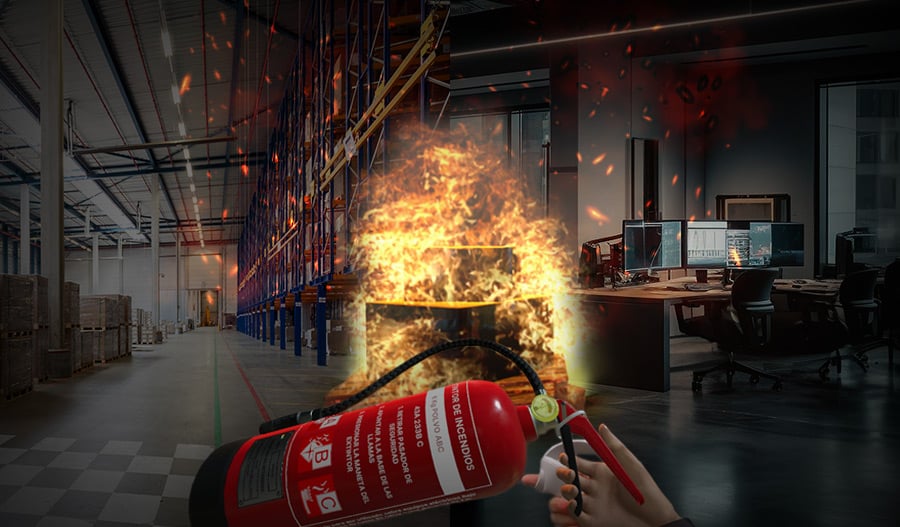
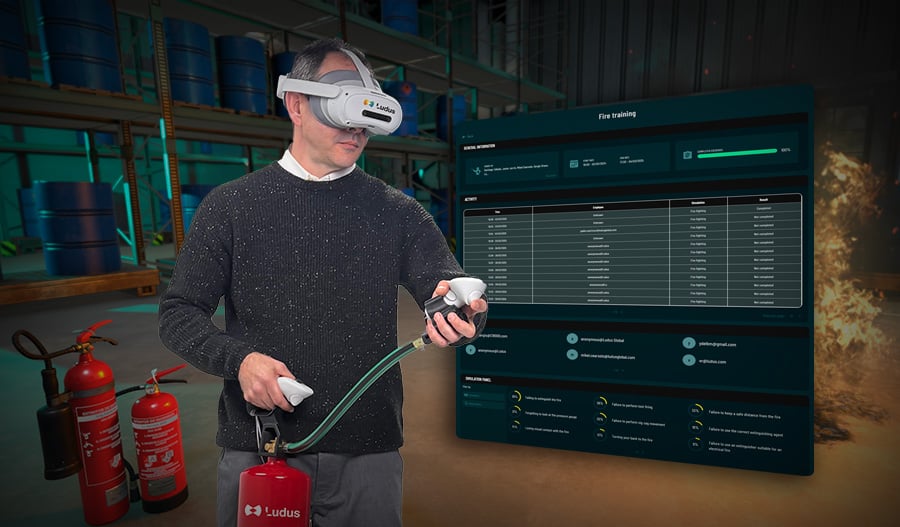
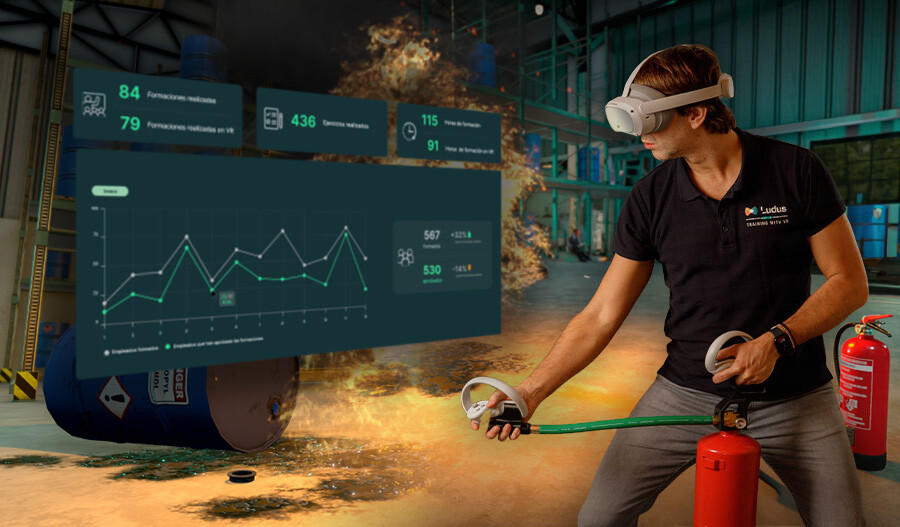
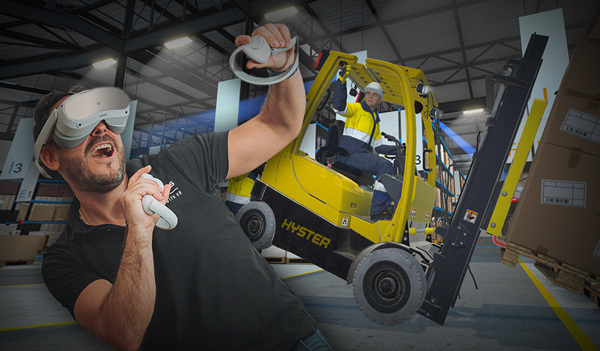
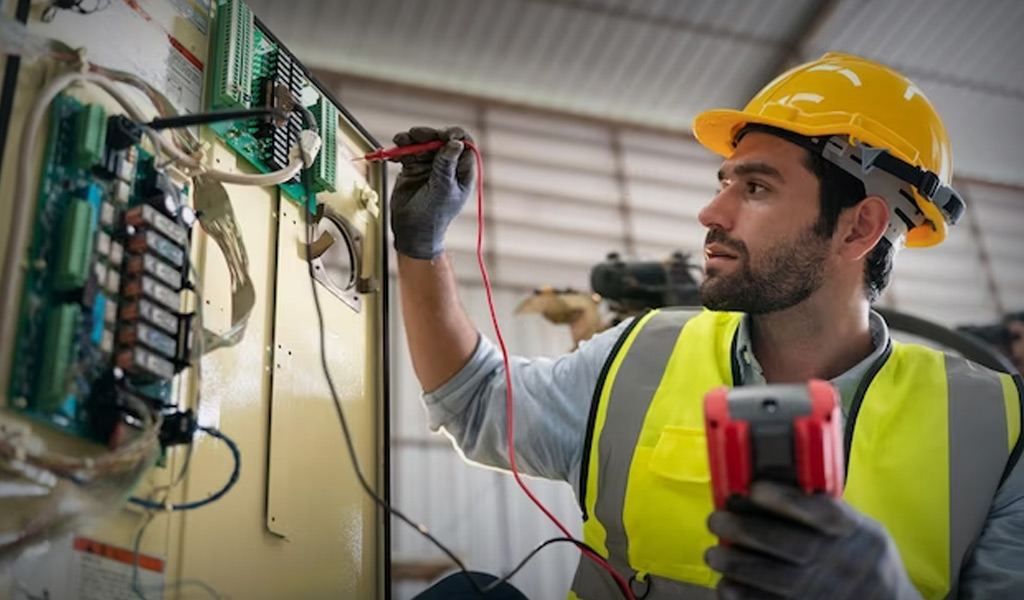
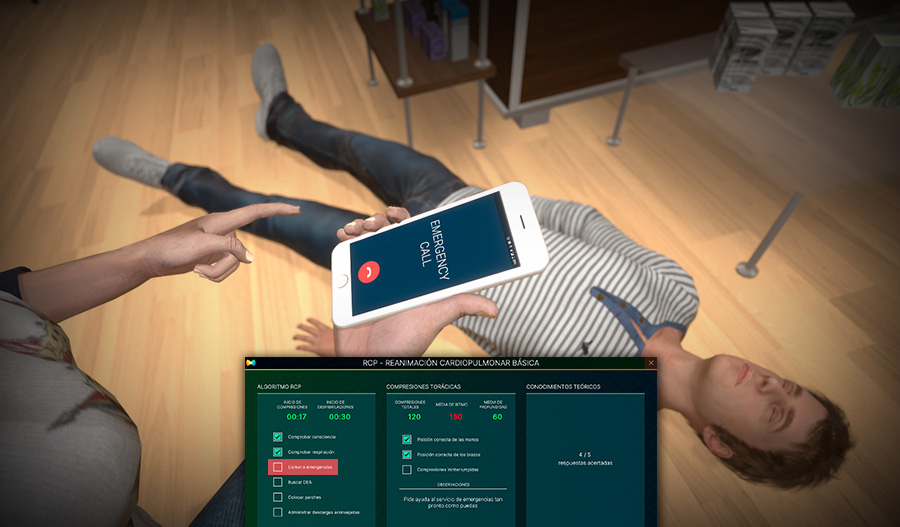
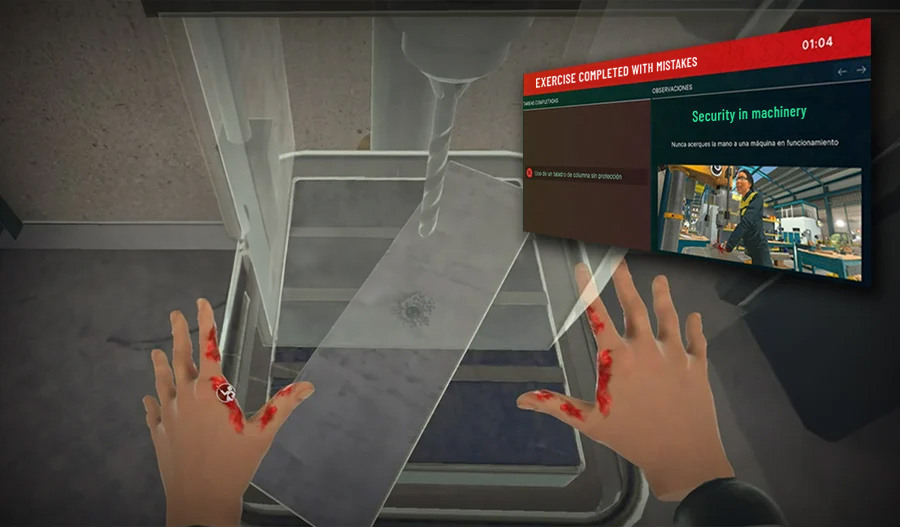

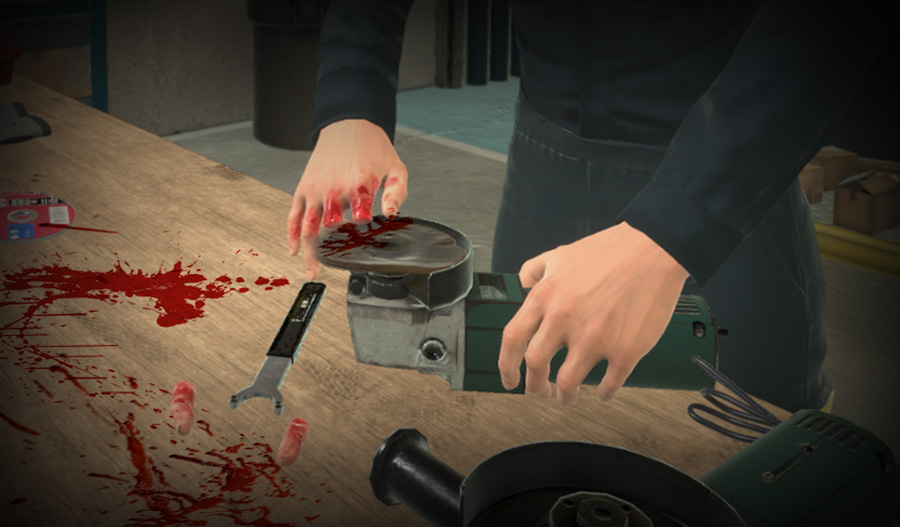
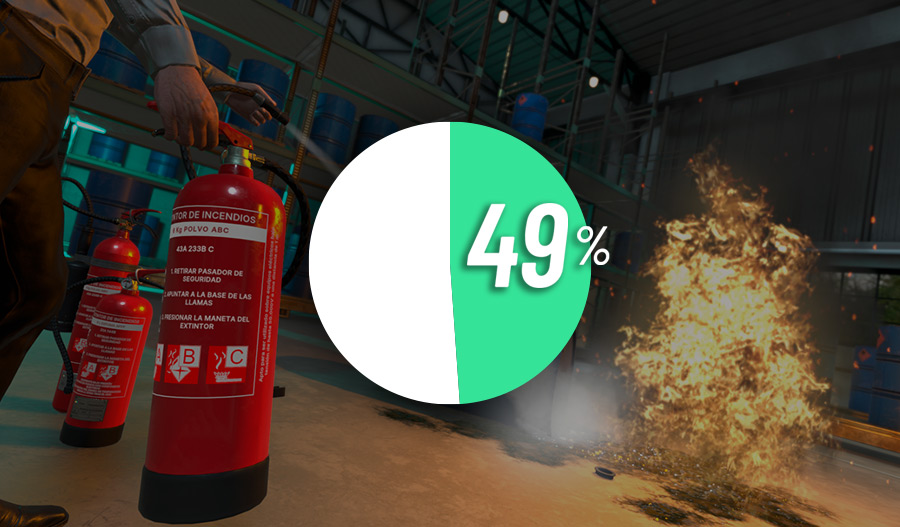
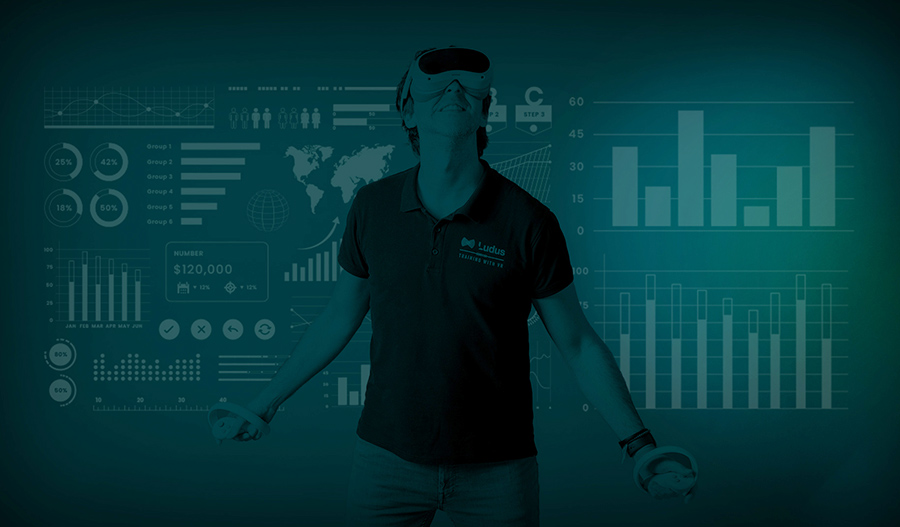
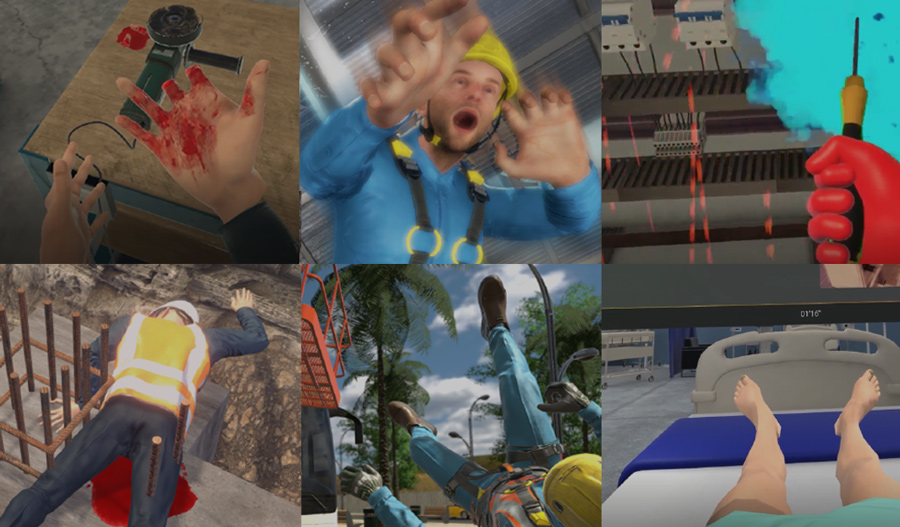
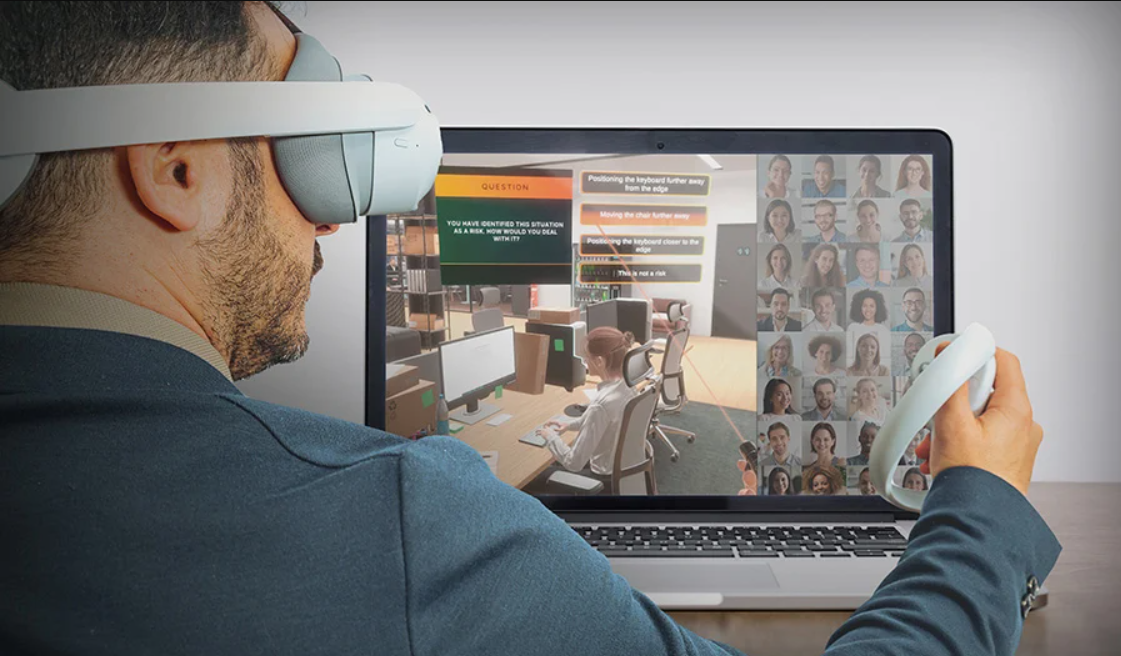
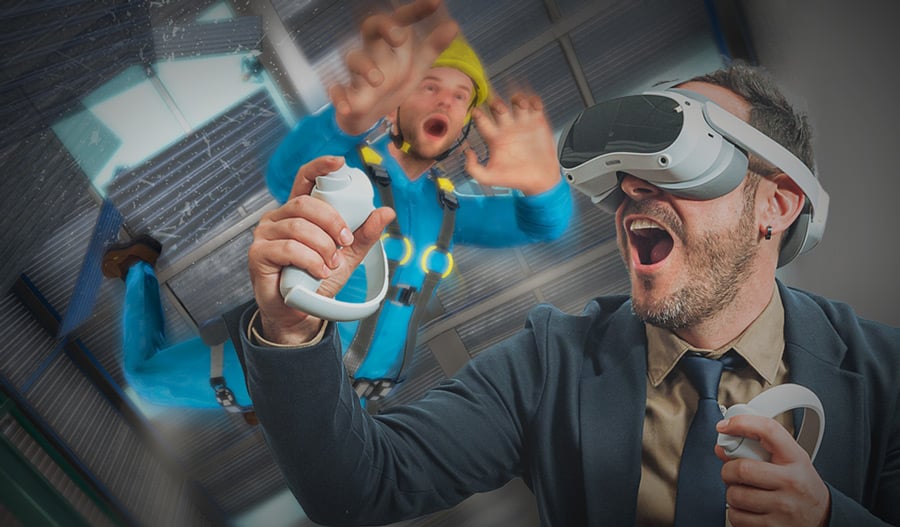
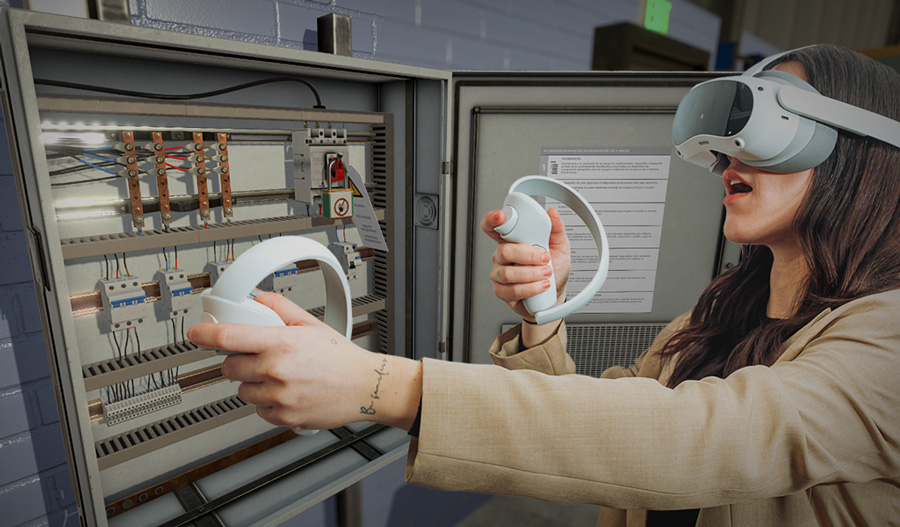
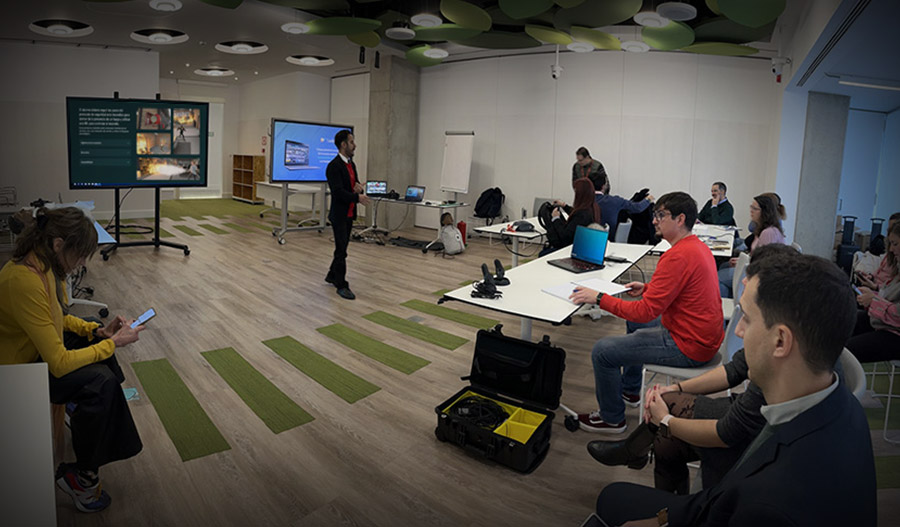
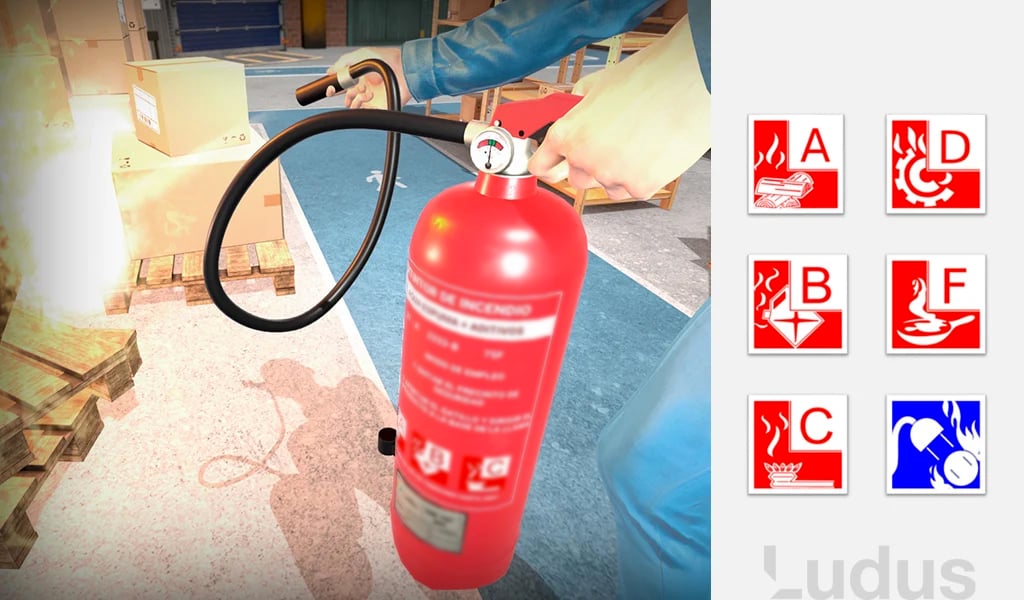
.jpg)
